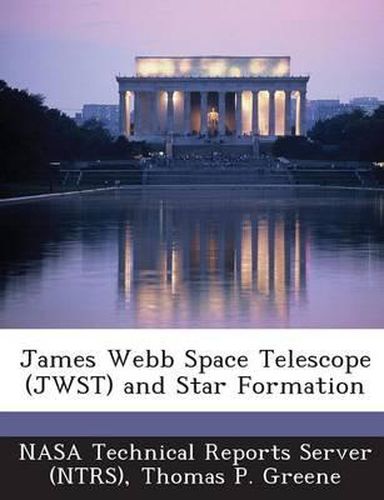Readings Newsletter
Become a Readings Member to make your shopping experience even easier.
Sign in or sign up for free!
You’re not far away from qualifying for FREE standard shipping within Australia
You’ve qualified for FREE standard shipping within Australia
The cart is loading…






The 6.5-m aperture James Webb Space Telescope (JWST) will be a powerful tool for studying and advancing numerous areas of astrophysics. Its Fine Guidance Sensor, Near-Infrared Camera, Near-Infrared Spectrograph, and Mid-Infrared Instrument will be capable of making very sensitive, high angular resolution imaging and spectroscopic observations spanning 0.7 - 28 ?m wavelength. These capabilities are very well suited for probing the conditions of star formation in the distant and local Universe. Indeed, JWST has been designed to detect first light objects as well as to study the fine details of jets, disks, chemistry, envelopes, and the central cores of nearby protostars. We will be able to use its cameras, coronagraphs, and spectrographs (including multi-object and integral field capabilities) to study many aspects of star forming regions throughout the galaxy, the Local Group, and more distant regions. I will describe the basic JWST scientific capabilities and illustrate a few ways how they can be applied to star formation issues and conditions with a focus on Galactic regions.
$9.00 standard shipping within Australia
FREE standard shipping within Australia for orders over $100.00
Express & International shipping calculated at checkout
The 6.5-m aperture James Webb Space Telescope (JWST) will be a powerful tool for studying and advancing numerous areas of astrophysics. Its Fine Guidance Sensor, Near-Infrared Camera, Near-Infrared Spectrograph, and Mid-Infrared Instrument will be capable of making very sensitive, high angular resolution imaging and spectroscopic observations spanning 0.7 - 28 ?m wavelength. These capabilities are very well suited for probing the conditions of star formation in the distant and local Universe. Indeed, JWST has been designed to detect first light objects as well as to study the fine details of jets, disks, chemistry, envelopes, and the central cores of nearby protostars. We will be able to use its cameras, coronagraphs, and spectrographs (including multi-object and integral field capabilities) to study many aspects of star forming regions throughout the galaxy, the Local Group, and more distant regions. I will describe the basic JWST scientific capabilities and illustrate a few ways how they can be applied to star formation issues and conditions with a focus on Galactic regions.